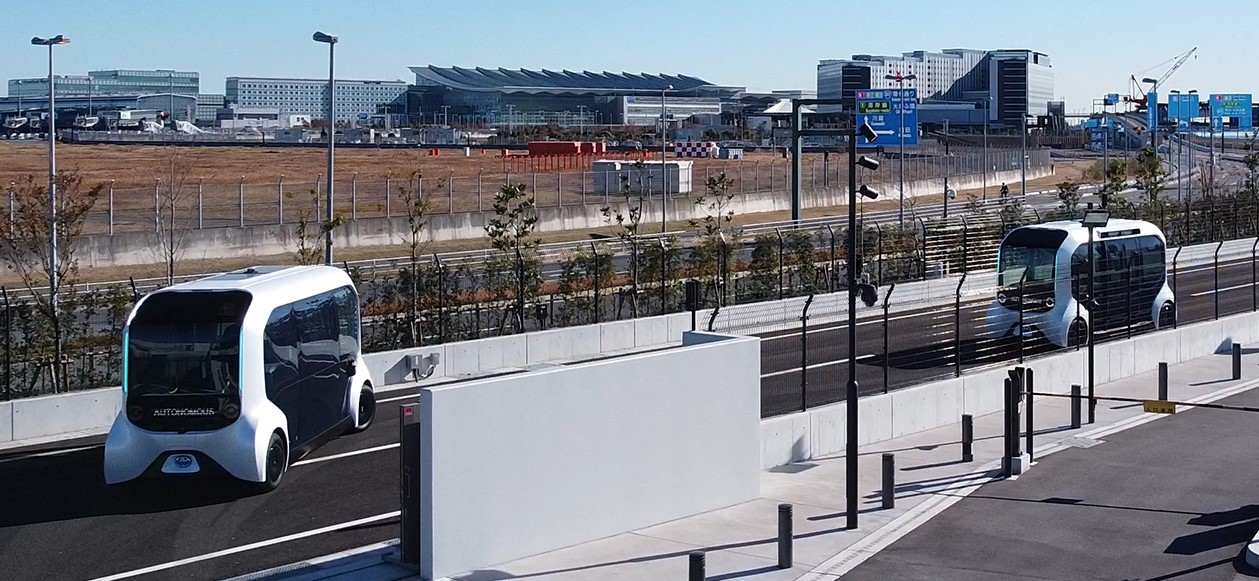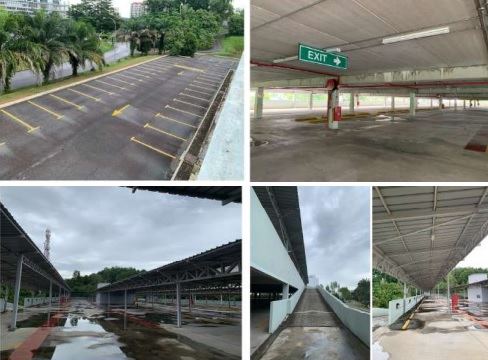Someday, autonomous vehicles (AVs) which can operate by themselves without human control will be commonplace on roads around the world. But that’s not going to be for quite some time and like the switch to electric vehicles, the change (from human-controlled vehicles) will occur at varying pace in different parts of the world.
AVs already in use in Malaysia
Nevertheless, development on AVs has been ongoing for some time and there are actually such vehicles already in limited use, even in Malaysia. The monorail in Kuala Lumpur and the light rapid transit (LRT) systems are autonomous in operation, managed by computers from a central control centre.

Autonomous operation for rail systems is not so complex as the trains run on dedicated routes and stopping points are fixed. The tracks are also not accessible by the public and certainly, there are no reckless motorcyclists weaving in and out in front of the trains.
Different conditions on public roads
AVs operating on public roads are a different matter as conditions are complex. Unless every vehicle on the road is an AV, there will be other vehicles controlled by humans which will be unpredictable. There will be humans (and animals) also behaving unpredictably. Weather conditions can also change suddenly (as Malaysian motorists are familiar with) and roads might be closed without warning.

AV operation still restricted
For this reason, AVs are not allowed to operate freely just yet and possibly for decades to come. In some cities where AVs are allowed to operate, their routes are restricted and only if the manufacturers are certain that they will not be a danger to other road-users will they be given permits.
At some events, like the Tokyo Olympics, there was a widespread demonstration of AVs of different types in use for transport services. Even then, there was one incident involving a visually-impaired pedestrian and an AV. “It shows that autonomous vehicles are not yet realistic for normal roads,” noted Akio Toyoda, then President of Toyota Motor Corporation.

Meanwhile, R&D is ongoing to develop AVs with much of the focus on ‘teaching’ the computer systems that run them how to operate on public roads. It can be likened to teaching a human how to drive – except that humans have the ability of independent thought and analysis. Computers have to be programmed and trained to react and respond in the correct way for a given situation.

An example of autonomous actions
One example can be automatic emergency braking (AEB) which is in many new cars today and which will be required for all AVs. In cars like a Perodua Myvi which has the A.S.A system that has AEB, the brakes will be activated automatically if the system detects a likely collision and the driver does not do anything to prevent it.

In the past, without AEB, it would be up to the driver’s alertness and skill to brake and/or avoid hitting the car in front. But this is something that has to be taught to the AEB system which uses a camera or radar as its ‘eyes’.
The secondary action of swerving out of danger is also just a new feature in some advanced systems. Again, this too differs between a human’s response and a computer’s. A human may also consider whether it is safe to do so as there may be another vehicle in the other lane; a computer would need sensors to be aware of the situation all round – and all this must be processed in milliseconds.

Vehicles talking to vehicles
There is also development into vehicle-to-everything or V2X technology. This is where AVs (or even today’s cars) will communicate with other systems outside the vehicle and even other vehicles. It will be like an early warning system where the driver or vehicle is aware of a danger ahead, even though it is not visible. For example, there may be a lorry that has crashed into a car round a blind corner; signals can be transmitted to approaching vehicles so that this blockage is known and caution taken.
The importance of extensive testing of AVs before they can be ‘allowed loose’ on public roads in large numbers is extremely important to avoid not just accidents but also system malfunctions due to external factors.
Unexpected situations
One example of this which occurred last month in San Francisco was when 10 AV taxis stopped moving at the same time, causing a jam. Investigations found that the reason was the vehicles could not receive signals due to wireless bandwidth issues caused by a popular music festival. Too many devices were operating at the time to use up all the network capacity so the AVs could not run and came to a stop, as would be the best action for safety.

This situation may not have been anticipated by Cruise, the company that developed the vehicles. It was the first time they had encountered it even though their vehicles had covered a collective travel distance of 6.4 million kms.
All this shows the complexities of developing AVs and researchers around the world are hard at work making AV systems more intelligent. The advent of more capable Artificial Intelligence (AI) helps too as well as better imaging and other sensor technology. Even the introduction of 5G cellular network technology is of vital importance due to the much higher speeds of connection and greater data capacity that can be handled.

MRANTI Park
Which brings us to MRANTI Park in Bukit Jalil, outside Kuala Lumpur, where technology innovations are being developed. MRANTI stands for Malaysian Research Accelerator for Technology and Innovation, which is Malaysia’s central research commercialisation agency formed with the combining of Technology Park Malaysia Corporation (TPM) and the Malaysian Global Innovation and Creativity Centre (MaGIC). Both TPM and MaGIC are agencies under the Ministry of Science, Technology and Innovation.

MRANTI has a 686-acre site (a development area 10 times bigger than KL Sentral) and its park has facilities that will enable researchers and developers to go from ideas to prototypes to commercialisation.
Secure and private with 5G infrastructure
Because the park is a secure environment, companies can test prototypes in privacy and safety. It is also possible to test unmanned aerial vehicles like drones (and perhaps someday, the long-awaited Malaysian Flying Car) and other AI-related activities. Most importantly, MRANTI Park is 5G-infrastructure ready which means it is able to support AVs which need very high-speed connectivity.

Returning to the subject of AVs, MRANTI Park has been set up to incorporate a test course for testing such vehicles. This will allow companies to carry out extensive testing without having to use public roads.
Real-world conditions and scenarios
The test course for AVs is 12 kms long and has various environmental conditions to provide real-world situations for AVs to learn from. It is also available at all times of the day so testing in night conditions or heavy rain which can obscure the imagery are also possible.


Facilities to test autonomous parking
Besides a broad range of complexities that AVs will encounter in urban, suburban, rural, and highway environments, the test course also has a 2-storey carpark where autonomous parking can be tested. A few manufacturers have started offering this capability but it is very limited and would need further refinement, especially as the cars move in areas where there are other vehicles and people moving about.

Other situations which need to be tested would be things like signboard recognition and responding to some human behaviours that might be ‘unique’ to Malaysian roads. The test course also has different types of buildings nearby which will also allow researchers to test sensor performance on various materials and geometries. And of course, there are lots of trees and vegetation that can test imagery and recognition in various situations.


So there is much to test and learn and that is what the MRANTI Park test course can provide. There are also some sections which are minimally used public roads (within the MRANTI site) where AVs can also be tested. These give a more real-world environment as there are cars and motorcycles parked along the road and other ‘variables’ of Malaysian roads.

Attracting international players
MRANTI Park is the fourth facility in Malaysia approved by the Transport Ministry for AV testing (it will be officially launched sometime in October). There are also plans to promote the site in Germany to attract international players to make use of it.
It is the hope of MRANTI that its test course can become a facility chosen by companies developing AVs not just for Malaysia but also the region. Further investments are being made to expand its facilities to extend testing capabilities for researchers and developers.
